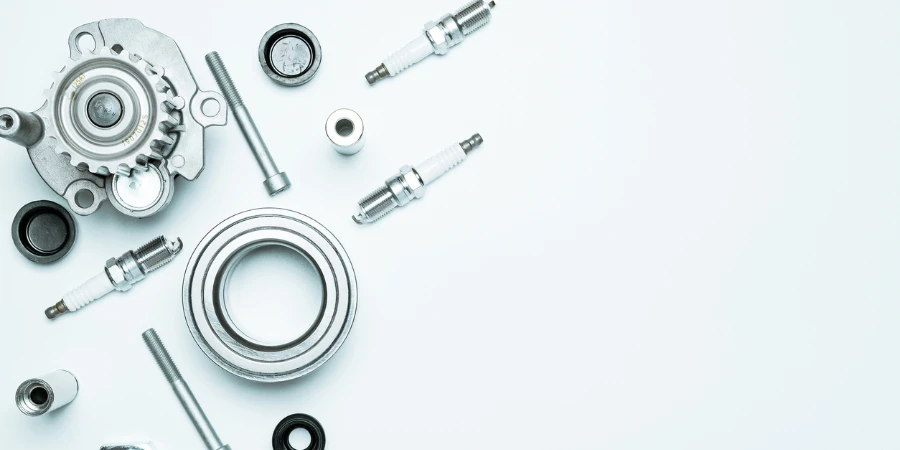When it comes to maintaining or upgrading your truck, understanding the various parts and accessories available is crucial. This comprehensive guide will explore essential truck components, their functions, how to select them, their lifespan, replacement tips, and cost considerations. Whether you’re a seasoned truck owner or new to the trucking world, this article is your go-to resource for all things related to truck parts.
Table of Contents:
– What are the essential parts for trucks?
– What do these parts do?
– How to choose the right parts for your truck
– The lifespan of truck parts
– Step-by-step guide to replacing truck parts
– The cost of truck parts
What are the essential parts for trucks?
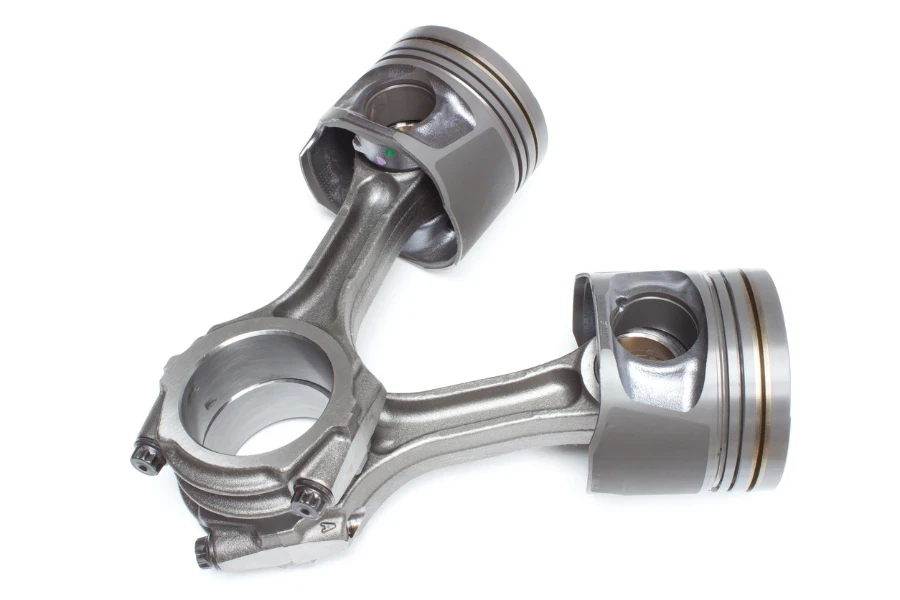
Trucks, like any other vehicle, are complex machines that rely on a myriad of parts working in harmony to function correctly. Essential truck parts include the engine, transmission, drivetrain, brakes, suspension system, and electrical components. Each of these categories encompasses several smaller parts. For instance, the braking system includes calipers, pads, rotors, and fluid lines. Understanding these components and their roles within the truck is the first step in ensuring your vehicle remains in top condition.
What do these parts do?
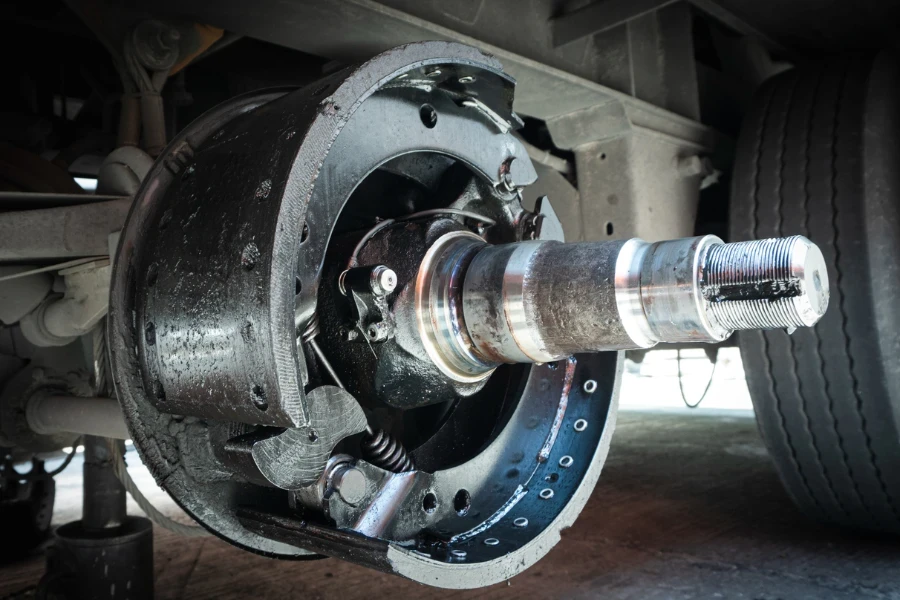
The engine serves as the heart of the truck, converting fuel into mechanical power that drives the vehicle forward. The transmission, whether manual or automatic, works in tandem with the engine to manage power distribution and vehicle speed. The drivetrain then takes this power and delivers it to the wheels. Meanwhile, the braking system is responsible for slowing down or stopping the truck, and the suspension system ensures a smooth ride by absorbing shocks from the road. Lastly, the truck’s electrical system powers everything from the ignition and lights to the onboard computer and entertainment system.
How to choose the right parts for your truck

Selecting the right parts for your truck is a critical decision that can affect its performance, safety, and longevity. Firstly, consider the part’s compatibility with your truck’s make, model, and year. OEM (Original Equipment Manufacturer) parts are always a safe bet for compatibility and quality, but aftermarket parts can offer good value and sometimes superior performance. It’s also important to consider the part’s purpose – are you looking for a replacement for a worn-out component, or are you upgrading for better performance or aesthetics? Reviews and recommendations from trusted sources can also be invaluable in making your decision.
The lifespan of truck parts

The lifespan of truck parts can vary widely depending on their quality, the conditions in which the truck is used, and how well the vehicle is maintained. For example, brake pads might need replacing anywhere from 30,000 to 70,000 miles, while a well-maintained engine can last over 200,000 miles. Regular maintenance and inspections are key to extending the life of truck parts and preventing unexpected failures.
Step-by-step guide to replacing truck parts
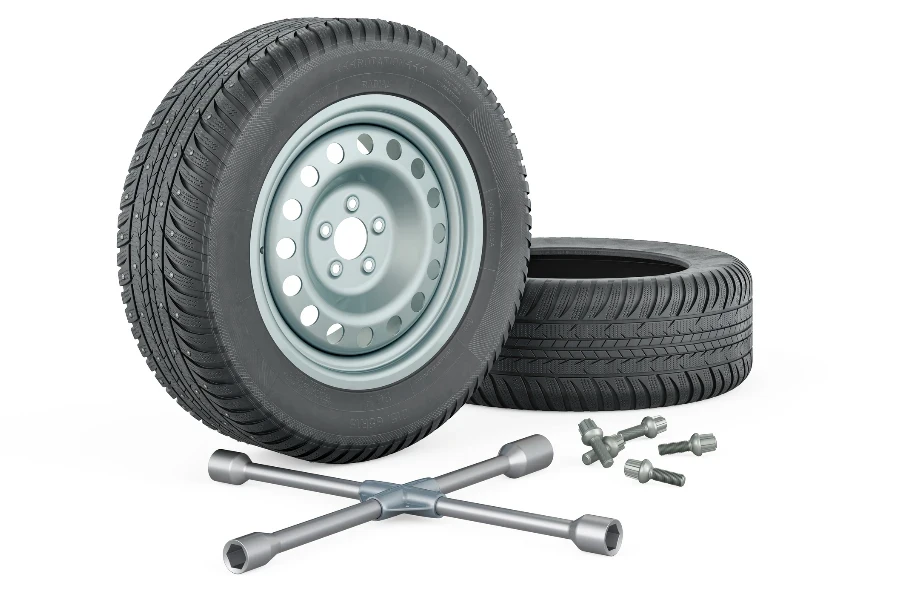
Replacing truck parts can range from straightforward tasks you can do at home to complex procedures requiring professional tools and expertise. Always start with a thorough consultation of your truck’s service manual for specific instructions and safety warnings. Generally, the process involves removing the old part (which may require special tools), preparing the area for the new part (such as cleaning and lubricating), installing the new part, and then testing to ensure it works correctly. For critical components like brakes or suspension parts, it might be wise to seek professional installation.
The cost of truck parts
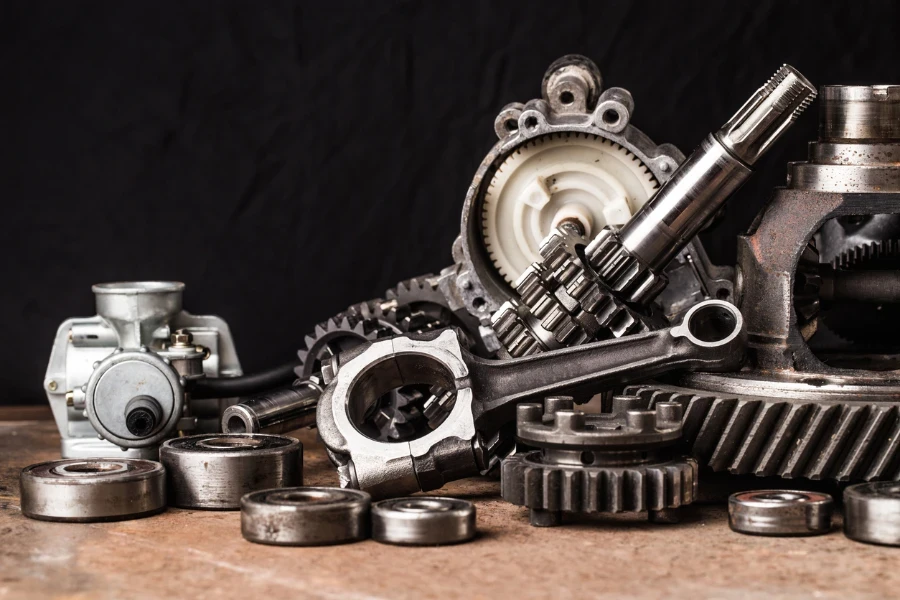
The cost of truck parts can vary significantly based on the part’s type, quality, and whether it’s OEM or aftermarket. Simple parts like filters or brake pads can be relatively inexpensive, while major components like engines or transmissions can cost thousands of dollars. It’s also important to factor in the cost of installation, especially for complex parts that require professional service. Shopping around and considering both OEM and reputable aftermarket options can help you find the best balance of quality and cost.
Conclusion
Understanding the various parts for trucks, their functions, and how to select and maintain them is essential for any truck owner. By making informed choices about the parts you use, you can ensure your truck runs smoothly, safely, and efficiently for years to come. Remember, investing in quality parts and regular maintenance can save you money and headaches in the long run.
